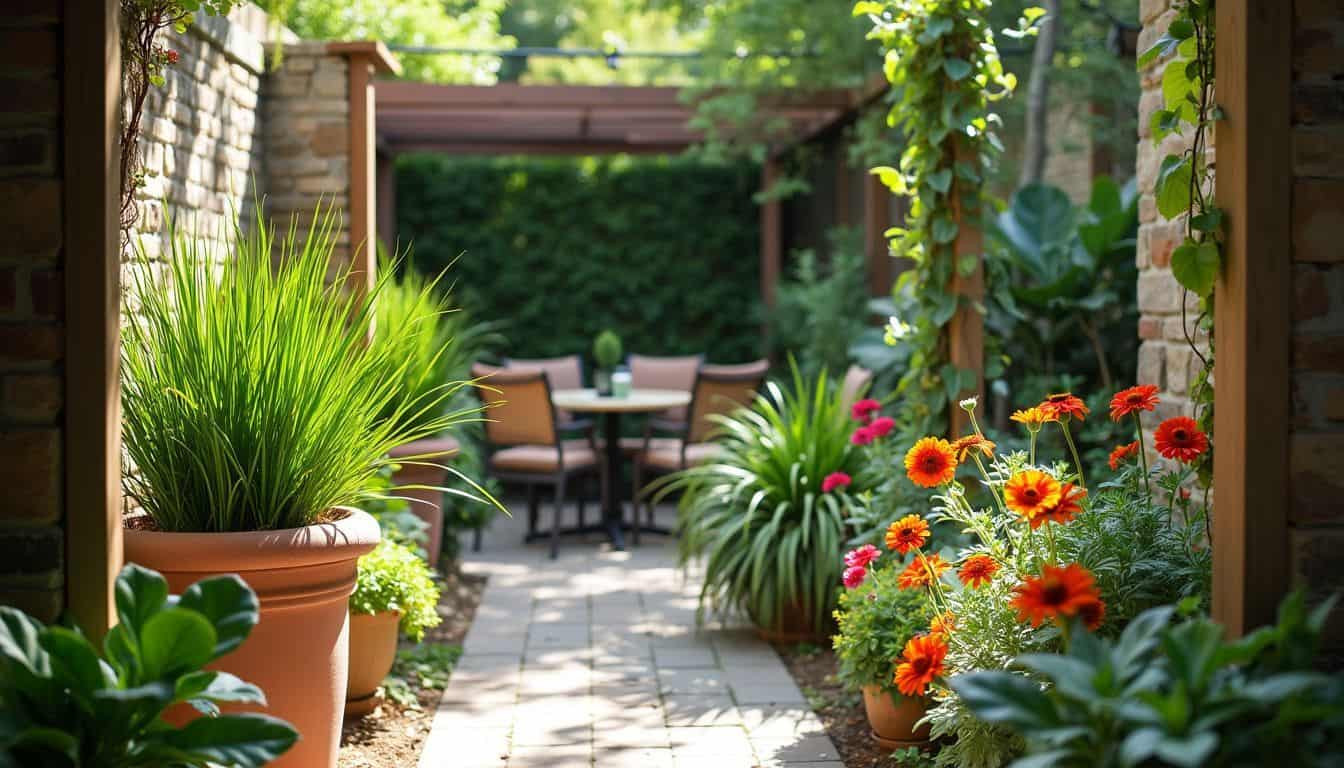Rattan garden furniture has a way of transforming outdoor spaces, creating a relaxing, stylish retreat for everything from summer barbecues to a quiet cup of tea. But to keep it looking its best, regular care is a must. Whether you’ve invested in natural rattan or a synthetic version, proper maintenance ensures your furniture stays as impressive as the day it arrived.
Understanding Your Rattan
Before we get into the cleaning and care routine, it’s worth noting that not all rattan furniture is the same.
Natural rattan is made from plant fibers, giving it a classic, earthy look. However, it’s more delicate, especially when exposed to outdoor elements like rain and direct sunlight. Synthetic rattan, on the other hand, is made from resin, making it much more weather-resistant and durable. While both require attention, the approach to maintenance will vary slightly depending on the type.
Daily and Weekly Upkeep
Consistent care makes all the difference, and the good news is that it doesn’t have to take much time.
Start by giving your rattan garden furniture a quick dusting every few days. A soft cloth or feather duster works perfectly for this. If it’s been a while since you’ve used your furniture, you might notice a light build-up of dirt. In that case, use a vacuum with a brush attachment to get into the grooves and weave. It’s a quick and easy step that prevents grime from settling in.
For weekly cleaning, a simple wipe-down does wonders. Use a damp cloth with a small amount of mild detergent to remove surface dirt. Avoid soaking the furniture, especially if it’s natural rattan, as excess water can weaken the fibers. Synthetic rattan, being waterproof, is a little more forgiving, but it’s still good practice to avoid overdoing the moisture.
Deep Cleaning
Even with regular upkeep, your rattan furniture will occasionally need a deeper clean, especially if it’s been left outside or used frequently. This doesn’t have to be a chore—just follow these steps:
- Prepare a gentle cleaning solution – Mix warm water with a small amount of mild dish soap. Skip anything harsh like bleach, as it can damage both natural and synthetic rattan.
- Use a soft brush – A soft-bristled brush is perfect for scrubbing away stubborn dirt without damaging the weave. Pay attention to the crevices where dust and debris tend to hide.
- Rinse carefully – For synthetic rattan, a quick rinse with a garden hose is fine, but keep the water pressure low to avoid unnecessary strain. For natural rattan, use a damp cloth to remove soap residue instead.
- Dry thoroughly – Let your furniture air dry completely before using it again. Leaving it damp can lead to mold or mildew, particularly on natural rattan.
Protecting Your Furniture
Prevention is better than cure, and there are plenty of ways to protect your rattan furniture from unnecessary wear and tear.
Start by positioning it in a shaded area or under a patio cover. While synthetic rattan is UV-resistant, prolonged sun exposure can still cause fading over time. Natural rattan, on the other hand, is particularly sensitive to sunlight and can become brittle.
Using furniture covers is another game-changer. Invest in high-quality, waterproof covers to protect your furniture during bad weather or when it’s not in use for extended periods. Just make sure the covers are breathable to prevent condensation build-up, which can lead to mold.
Cushions also play a role in protecting your furniture. They provide a buffer against scratches and stains while adding comfort. Make sure the cushion covers are washable, and clean them regularly to keep your setup looking fresh.
Seasonal Maintenance
As the seasons change, your approach to maintenance might need a little tweak. In spring and summer, you’ll likely be using your furniture more frequently, so focus on regular cleaning and touch-ups.
Autumn and winter are a bit trickier, especially in areas prone to rain or frost. If you have the space, storing your furniture indoors is ideal. A garage, shed, or even a conservatory can help shield it from the elements. If that’s not an option, ensure it’s securely covered and elevated slightly off the ground to avoid pooling water.
It’s also a good time to inspect for damage. Check for loose weaves, cracks, or rust on metal frames (if applicable). Small issues are easier to fix now than waiting for them to worsen.
Natural Rattan vs. Synthetic: Special Considerations
Both types of rattan have their quirks, so it’s worth tailoring your care routine accordingly.
Natural rattan: Being organic, it’s more prone to splitting, cracking, and damage from moisture. Regular dusting and gentle cleaning are key, but you should also consider applying a thin coat of furniture wax or boiled linseed oil to keep the fibers flexible and less likely to dry out.
Synthetic rattan: While tougher and more weather-resistant, it can still suffer from grime build-up, especially in outdoor settings. Cleaning is straightforward, but watch for damage to the protective UV coating. If the surface starts looking dull, some synthetic rattan furniture can benefit from a spray-on plastic restorer to revive its finish.
Why Maintenance Matters
You might be tempted to skip maintenance, especially if your furniture is holding up fine at the moment. But think of it this way: rattan furniture is an investment, both in terms of money and the joy it brings to your outdoor space. Regular care doesn’t just extend its lifespan—it keeps it looking beautiful, saving you from the expense and hassle of replacing it too soon.
Plus, there’s something satisfying about stepping into your garden and seeing your furniture looking clean and inviting, ready for whatever plans you’ve got in mind.
Ready for More Enjoyment?
With just a little care, your rattan furniture can stay as stunning as the day you got it. Whether it’s the centerpiece of your patio or a cosy spot on your balcony, these tips will keep it looking fresh and ready for years of use.
